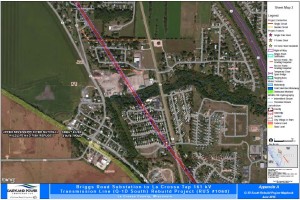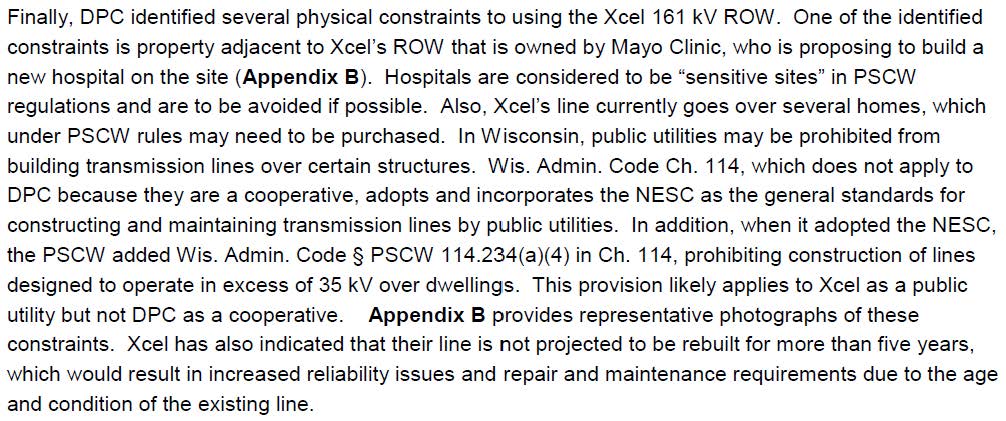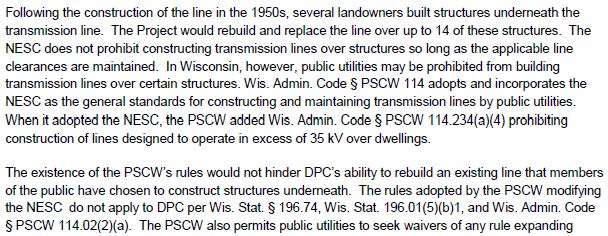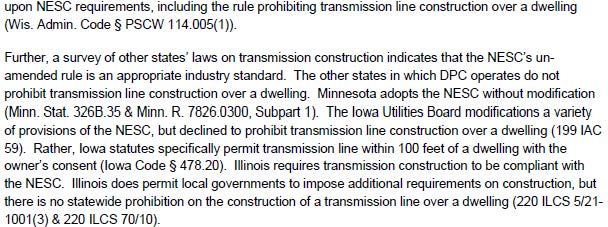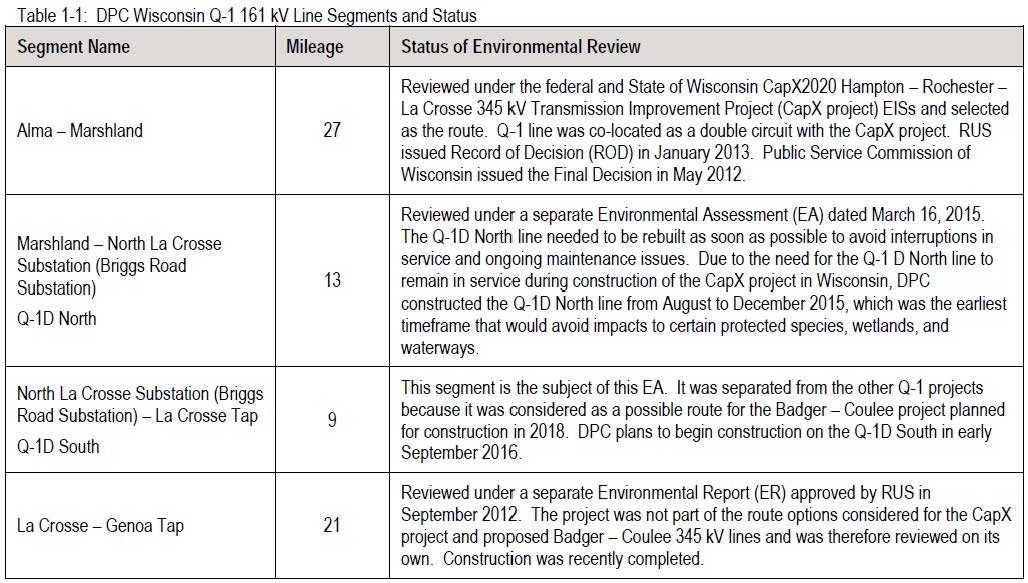Where were you the night of June 25, 1998?
January 13th, 2020

The June 25, 1998 blackout report needs to be on the interwebs available to the world.
June 25, 1998? That’s the night of the transmission fail that disconnected the Midwest from the Eastern Interconnect. That question was asked by Minnesota Power’s attorney of each and every witness, I think other than MP, but maybe MP witnesses too, in the Arrowhead transmission project hearing, circa 1999-2000. There were cries of “Hospitals will go dark without the Arrowhead project,” “We’re going to freeze in the dark in an incubator” which became “We’re going to freeze in the dark on a respirator without a job” — it was so histrionic.
The Arrowhead transmission project was project 13J of the WRAO Report, and the WIREs Report, which presented many transmission lines, but chose the Arrowhead transmission project as the “be all and end all” of transmission in the Midwest, that it would fix all the transmission problems:
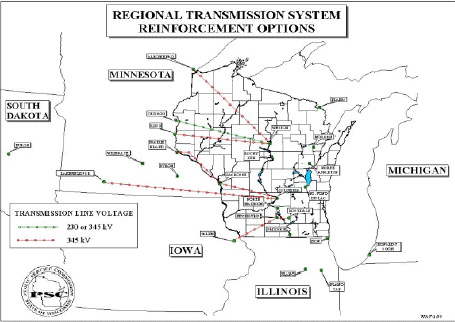
The hearing went forward, 2 weeks in Minnesota, where MP got an exemption from Minnesota Power Plant siting law, and for TWO MONTHS in Wisconsin, for Round 1, then 2 weeks after the cost went way up, and another 3-5 days of hearing later when cost went up again. They got their permit, it’s up…
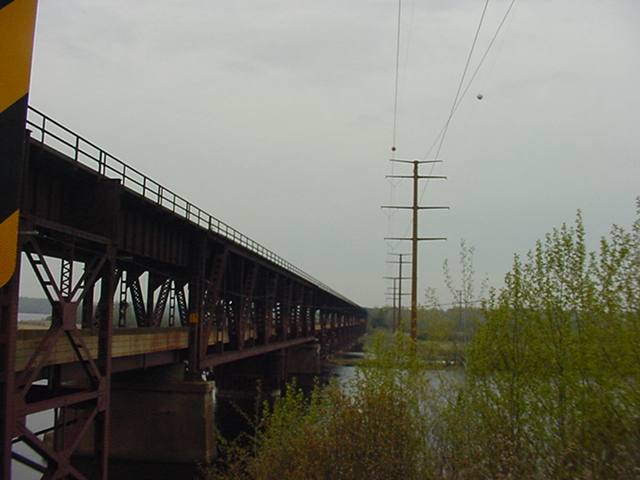
But in that first hearing, I did get to introduce the report that showed that the June 25, 1998, blackout was NOT caused by too little capacity, it was not caused by an unreliable transmission system. It was caused by corporate greed, transmission operators running the Prairie Island-Byron 345kV’s TCEX flow over the limit, disregarding operating guides, and disregarding requests and demands to ramp the power down, violating MAPP Operating Standards and NERC Operating Policies. SHAME, NSP, SHAME!!! And MP was so tacky, trying to attribute their desire for bulk power transfer to the blackout, that the Arrowhead project would save us. Yeah, right…
Here’s the report, below, it’s a gem, I’m posting this today because I’m shoveling off my desk and there are a lot of gems here, so posting them will get them out into the world in perpetuity — can’t disappear something from the internet! Scanning them in is taking a while, a royal and dusty pain in the patoot, but just for you inquiring minds, HERE IT IS:
Here are a couple snippets, starting with p. 2:
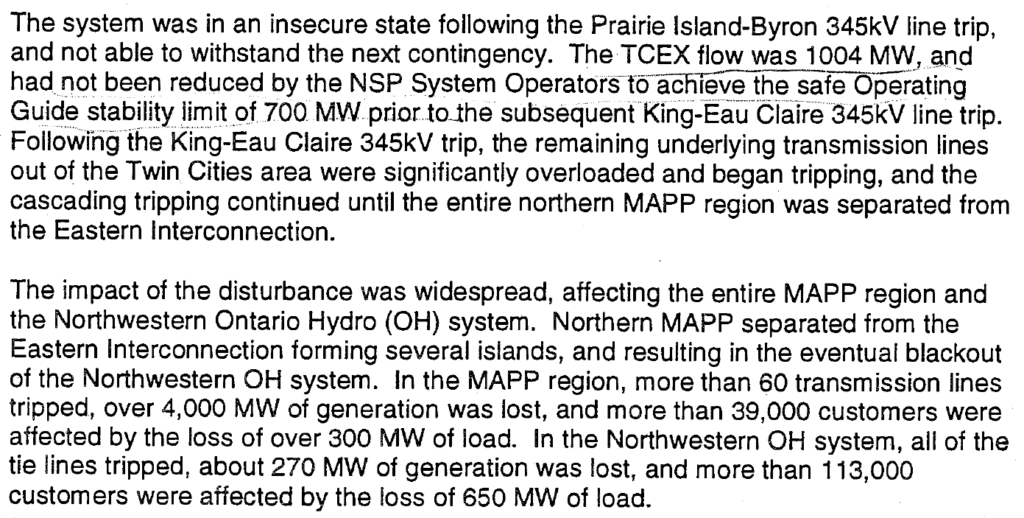

Bottom line?
OPERATE WITHIN OPERATING GUIDE LIMITS!!

DOH!
The report goes on and on with stupid human tricks – the flow was NOT reduced by NSP System Operators:

From pps 10-11:


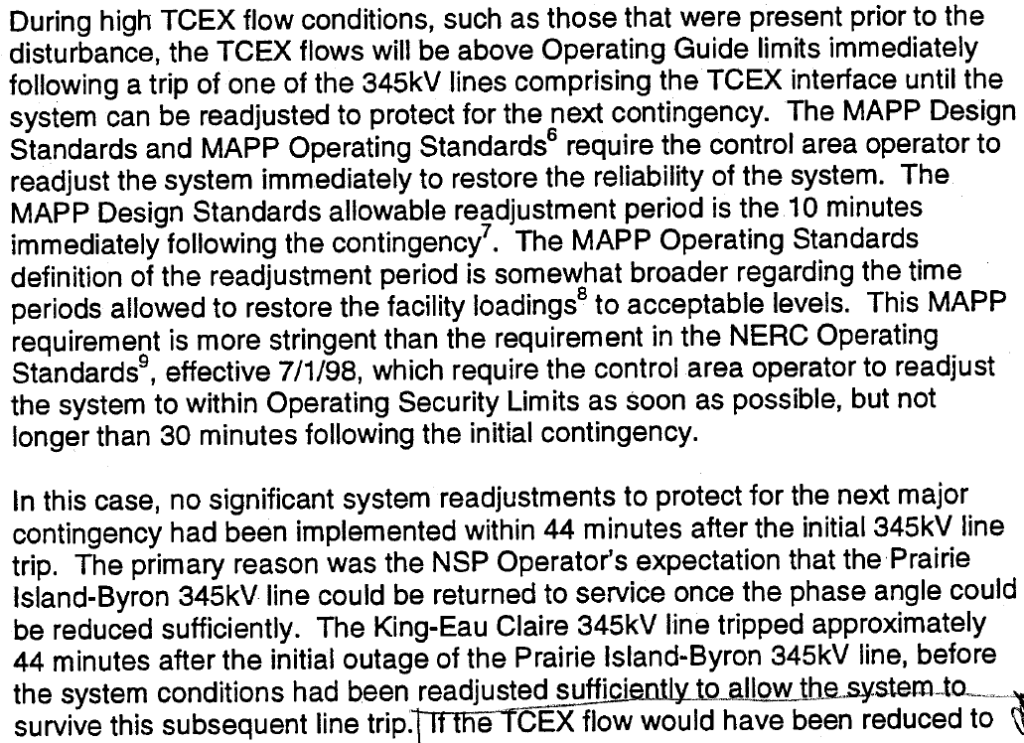

So if the operators had been doing the job, not focused on keeping that line operating with all that power flowing through it, selling that power, the blackout may not have happened. Great…
And for some reason, NSP operators were not communicating:

300 MW above the operating guide limits:
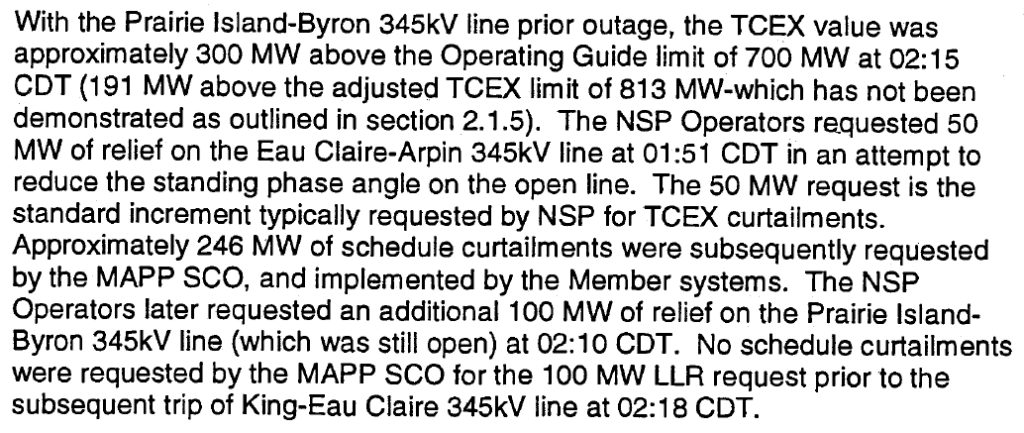
OPERATE WITHIN OPERATING GUIDE LIMITS!! DOH!
Operator error is a too-generous way to put it — but for the efforts to NOT reduce power flows, the inadequate response of system operators and their failure to communicate the degree of the problem, the blackout may not have happened. And then utilities have the nerve to say that because of the June 25, 1998 blackout, we need the 13j Arrowhead transmission project?
Xcel wants to sell coal on market… DOH!
January 10th, 2020

How many years have I been saying that the purpose of this massive transmission build-out is to market coal elsewhere? Decades, folks, it’s been decades… And this latest from Xcel Energy, Notice of Comment period just out today, is demonstration that they plan to keep running those coal plants and selling it. Will the Public Utilities Commission care?
Here’s the newly released Xcel Energy plan, and a comment period:
The plan?

Here’s the Notice:

What to comment about? From the Commission’s Notice:
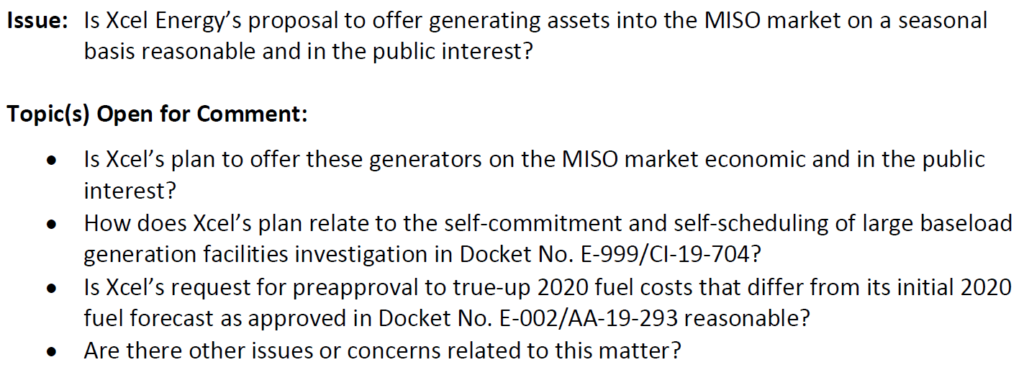
Bulk power transfer was the whole point of the transmission build-out, to be able to sell anything generated at any Point A to any Point B. And then coal generated here could be sold elsewhere, eastward via transmission, while we use generation that isn’t quite so dirty (but that’s dirty in its own way). We’re so clean here in Minnesota… NOT! We’ve been a pass through for Dakotas’ coal for a while, and now, they’re asking permission to keep burning coal here and send that energy eastward.
They built all that transmission, no Commission I’ve seen has ever found a transmission plan they didn’t like and roll over for, and now we’re paying for it. Rate increases anyone? Are you paying attention to what’s pushing those rates up?
Why ever would I say that it’s all about selling coal? Well… there’s a bit of a pattern going here. There was the Chisago project, starting in 1996 and three iterations in Minnesota and Wisconsin, not to mention the WRAO report:

WRAO laid out many transmission lines and the Arrowhead transmission project, circa 1999, was selected as the be all and end all of transmission after many hearings were held, one hearing in Minnesota and THREE before Wisconsin PSC, the price kept going UP, UP, UP!
But then on September 8, 2001, a meeting with likely intervenors to see if they could be convinced to “approve” of the SW Minnesota 345kV line, remember that, Commissioner Matt Schuerger? I pointed out all that coal lined up in the SW MN 345kV study… and from there on to the SW MN 345kV line, part of ABB plan for coal:
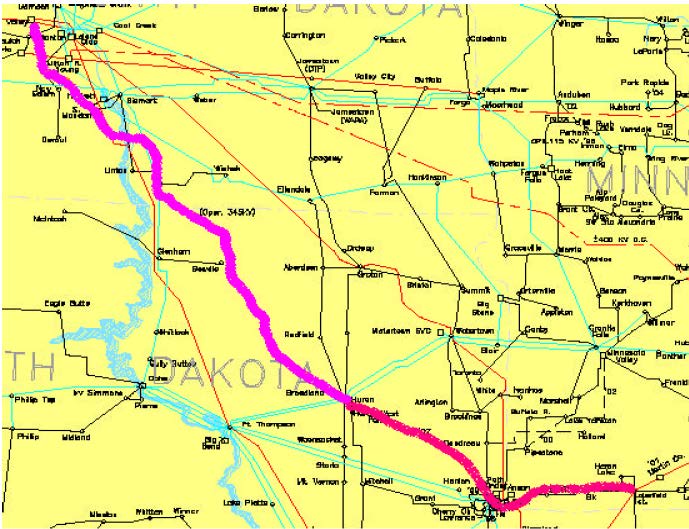
Don’t ya just love that name? It says it all. Why the ABB Lignite Vision 21 Transmission Study? The opening paragraph, linked above, DOH! says:

The SW MN 345kV line was the part that’s running east to west on the lower part of that yellow map, from Split Rock sub to Lakefield Junction. Some claimed it was an “It’s for WIND!” line, but that’s a lie, just read that ABB study again. The powerflows showed that it wasn’t to carry energy off of Buffalo Ridge, there was just 213-302 MVA coming off Buffalo Ridge into the over 2,000 MVA capacity line:

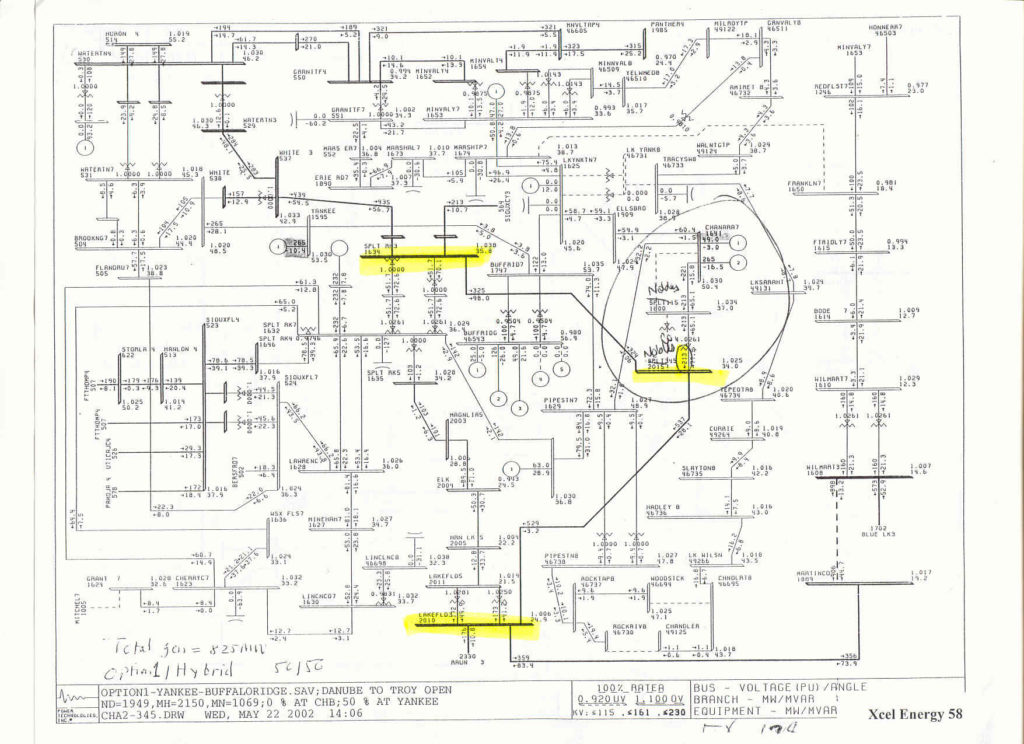
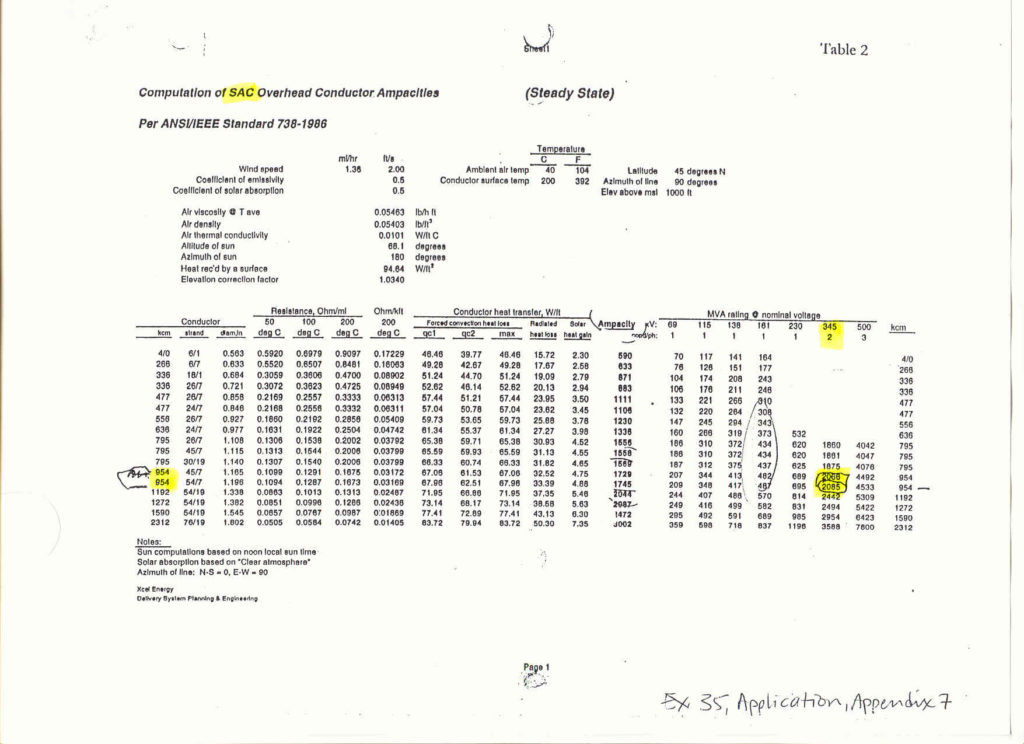
How stupid do they think we are? Well, money talked, and that money ruled the day. That SW MN 345kV line and the TRANSLink Settlement Agreement and 2005 Transmission Omnibus Bill from Hell (and changes to Minn. Stat. 117.189) laid the groundwork to bring us $2+ BILLION of CapX 2020:

And then the MISO MVP 17 project portfolio, now over $6 BILLION:

And then they have the audacity to suggest we need MORE transmission?
Upper Midwest utilities to study transmission grid in light of ambitious carbon reduction goals
So please explain how selling coal generated electricity on the MISO market is consistent with carbon reduction goals?
What a crock…

Dairyland’s Q-1D South Environmental Assessment
June 19th, 2016
Dairyland Power Cooperative’s transmission through Onalaska and La Crosse is something to see…
Dairyland Power Cooperative and USDA’s Rural Utilities Service has released the “Q-1D South” Environmental Assessment, open for Comment until July 1, 2016:
And from Dairyland’s site:
Briggs Road to La Crosse Tap (Q-1D South) – Environmental Assessment
Comments are due July 1, 2016 — send to:
USDA’s Dennis Rankin: dennis.rankin@wdc.usda.gov
(I’d also cc DPC’s Chuck Thompson: cat@dairynet.com)
By U.S. Mail:
Dennis Rankin
Environmental Protection Specialist
USDA Rural Utilities Service
1400 Independence Avenue S.W.
Mailstop 1571, Room 2242
Washington, DC 20250-1571
What’s to comment on? I see two issues that should be sufficient to stop this project in its tracks — the debt load of Dairyland Power Cooperative and the physical setting of the project which too near and right over people’s homes.
Debt load — Dairyland Power Cooperative’s debt is excessive and should prohibit taking on more debt:
Dairyland Power Cooperative’s Annual Meeting was last week. One purpose of an organization’s Annual Meeting is to discuss its financial status and approve plans going forward.
Dairyland depends on federal USDA/RUS loans to pay for its transmission expansion, such as the Q-1 transmission upgrades, including Marshland-Briggs Road and now the stretch from Briggs Road to North La Crosse south of I-90. Another USDA/RUS loan paid for Dairyland’s share of the CapX La Crosse line now blighting the bluffs. Dairyland will also be part owner of the MISO Hickory Creek to Cardinal line from Iowa to Madison. That’s a lot of transmission and loans.
Dairyland recognized this financial risk and lopsided debt/equity position, and in 2012 sought help from FERC_(DPC_Request4DeclaratoryOrder), requesting a hypothetical capital structure of 35 percent equity and 65 percent debt when its actual capital structure was 16.5 percent equity and 83.5 percent debt, and FERC did grant this relief in an Order for DPC for CapX 2020 (see FERC Docket, go HERE and plug in docket EL13-19-000). That Order, and the 83.5/16.5% debt/equity ratio was prior to the present Q-1 D South project and the MISO MVP Hickory Creek to Cardinal transmission line. Dairyland requested a “hypothetical” (bogus) debt/equity ratio to preserve its credit rating and enable low cost loans. The true debt level makes DPC a higher risk.
Are Dairyland members aware of the 83.5%/16.5 % debt/equity ratio and reliance on loans for major transmission projects? What’s the debt level where new projects are included? This new transmission enables increased power marketing and sales, a private purpose. Is this highly leveraged position for new transmission in the best interests of Cooperative members?
Physical setting of the project — it’s just too close!
The map way above is what the transmission system in the area looks like theoretically, according to the Wisconsin Public Service Commission, but here’s what Dairyland’s Q-1 South line looks like on the ground:
Really… Here’s what it looks like from a satellite with the lines drawn in, on the far south:
Here’s what it looks like further north — look at all those homes:
And here’s what the Wisconsin PSC Code says about clearances in PSCW 114.234:
(2) Transmission lines over dwelling units. [Follows NESC 234C1b, p. 119] (Addition) Add the following paragraph c:c. Transmission lines over dwelling units.No utility may construct conductors of supply lines designed to operate at voltages in excess of 35 kV over any portion of a dwelling unit. This provision also applies to line conductors in their wind-displaced position as defined in Rule 234A2.Note: It is the intent under s. SPS 316.225(6) that the public not construct any portion of a dwelling unit under such lines.Note: The term “dwelling unit” has the meaning given in ch. SPS 316, which adopts by reference the definitions in NEC-2008.Note: See s. SPS 316.225(6) Clearance Over Buildings and Other Structures, which refers to ch. PSC 114 regarding clearance of conductors over 600 volts and the prohibition of dwellings under or near overhead lines.
USDA’s Dennis Rankin: dennis.rankin@wdc.usda.gov
(I’d also cc DPC’s Chuck Thompson: cat@dairynet.com)
By U.S. Mail:
Dennis Rankin
Environmental Protection Specialist
USDA Rural Utilities Service
1400 Independence Avenue S.W.
Mailstop 1571, Room 2242
Washington, DC 20250-1571
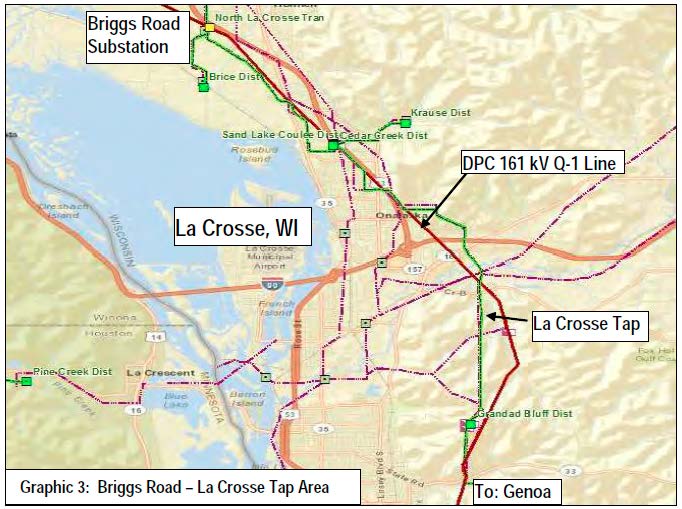
![Ulman_St[1]](https://legalectric.org/f/2016/06/Ulman_St1-224x300.jpg)

